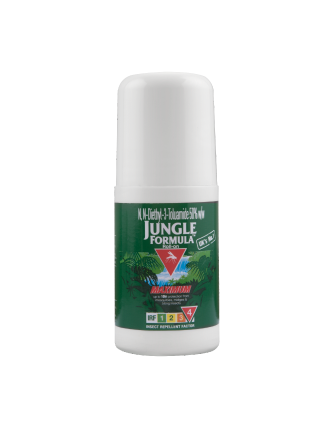
Malaria is a serious and sometimes fatal disease transmitted to people through the bites of infected female Anopheles mosquitoes.
Overview
You cannot be vaccinated against malaria, but you can protect yourself against this disease using the ABCDE approach to prevention.
Awareness, bite prevention, chemoprophylaxis (taking malaria prevention tablets), diagnosis, emergency standby medication for malaria.
For full information please go to FitForTravel.nhs.uk.
The Anopheles mosquito is most active at night and so prevention measures should be taken during this time.
AREAS OF RISK
In 2015, 91 countries had ongoing malaria transmission*. Malaria is widespread in many tropical and subtropical countries, particularly Sub-Saharan Africa which carries a disproportionately high share of the global malaria burden with 90% of global cases.
However, South-East Asia, Latin America and the Middle East, are also at risk.
*http://www.who.int/mediacentre/factsheets/fs094/en/
SYMPTOMS
Malaria is an acute feverish illness. Symptoms appear between 1 & 2 weeks after the bite.
The first symptoms – fever, headache, chills and vomiting – may be mild and difficult to recognize as malaria. If not treated within 24 hours the most serious forms of the diease can progress in severity, and become life-threatening.
The global incidence of dengue has grown dramatically in recent decades.
Overview
As many as 400 million people a year are infected by dengue. It is caused by any one of four related viruses transmitted to humans by the Aedes mosquito. The Aedes mosquito is particularly active during the day in the early morning and late afternoon.
Areas Of Risk
In many parts of the tropics and subtropics, dengue is endemic, in that it occurs every year, usually during a season when Aedes mosquito populations are high, often during rainy season.
Symptoms
About half of the worlds population is now at risk. Dengue fever is a severe, flu-like illness but seldom causes death. Dengue should be suspected when a high fever is accompanied by 2 of the following symptoms: severe headache, pain behind the eyes, muscle and joint pains, vomiting, swollen glands or rash. Symptoms usually appear 4-10 days after the infected bite.
Severe dengue is a potentially deadly complication, warning signs occur 3–7 days after the first symptoms in conjunction with a decrease in temperature (below 38°C/100°F) and include: cold clammy skin, severe abdominal pain, persistent vomiting, breathing difficulties, bleeding gums, and blood in vomit. The next 24–48 hours of the critical stage can be lethal; proper medical care is needed to avoid complications and risk of death.
Chikungunya is a viral disease transmitted to humans by the Aedes mosquito.
Overview
The Aedes mosquito is particularly active during the day in the early morning and late afternoon.
Areas of risk
Chikungunya has been identified in over 60 countries in Asia, Africa, Europe and the Americas.
Symptoms
The symptoms of chikungunya can be severe and disabling and in rare cases, result in death. Chikungunya is characterised by an abrupt onset of fever frequently accompanied by joint pain. Other common signs and symptoms include muscle pain, headache, nausea, fatigue and rash. Most patients will feel better within a week but in rare cases joint pain may persist for months. People at risk from complications of chikungunya include newborns infected around the time of birth, older adults (≥65 years), and people with medical conditions such as high blood pressure, diabetes, or heart disease.














